Nicki Cherry
QUADRAPHONIC CRUSH
December 11 – January 24, 2026

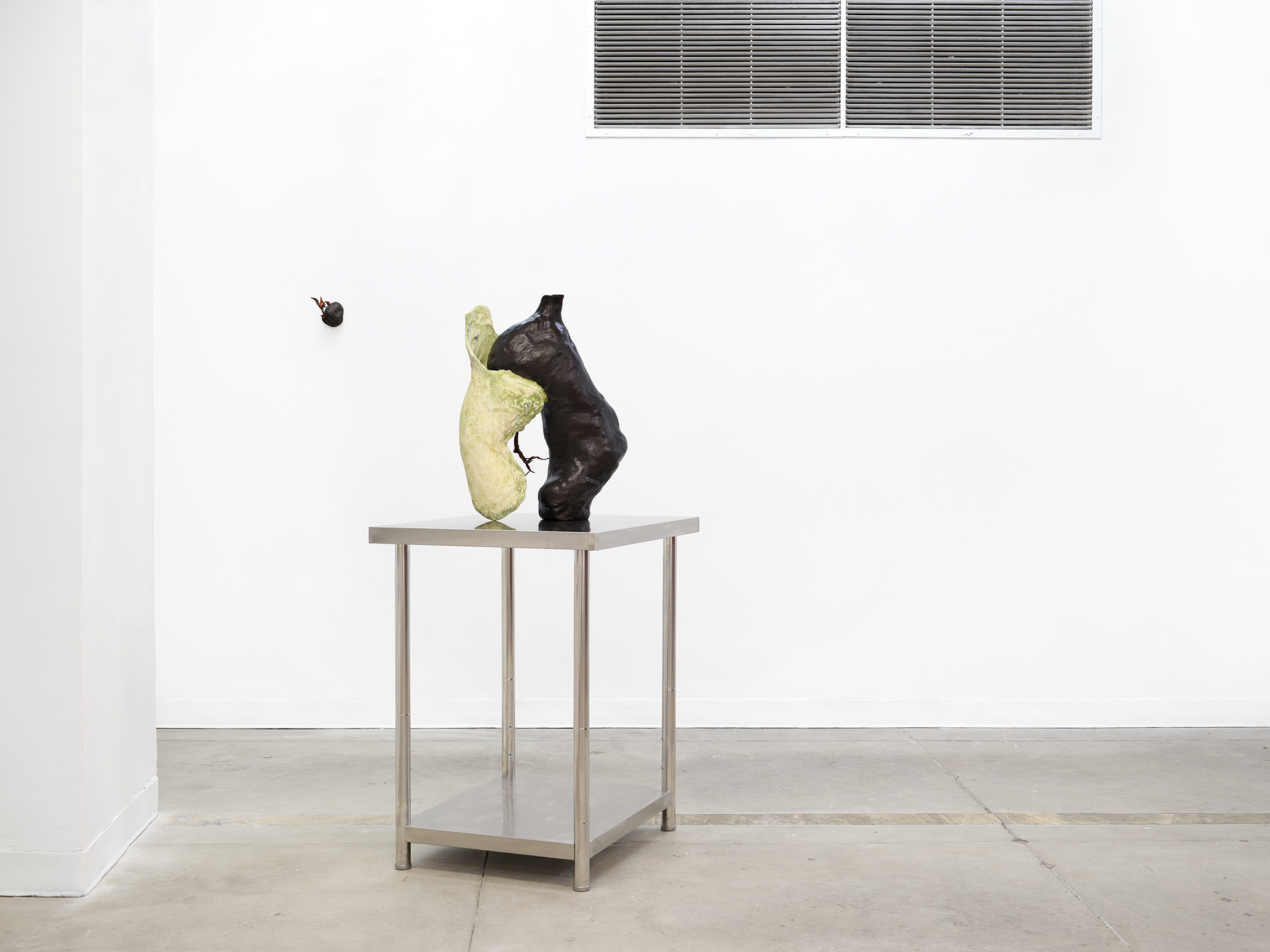

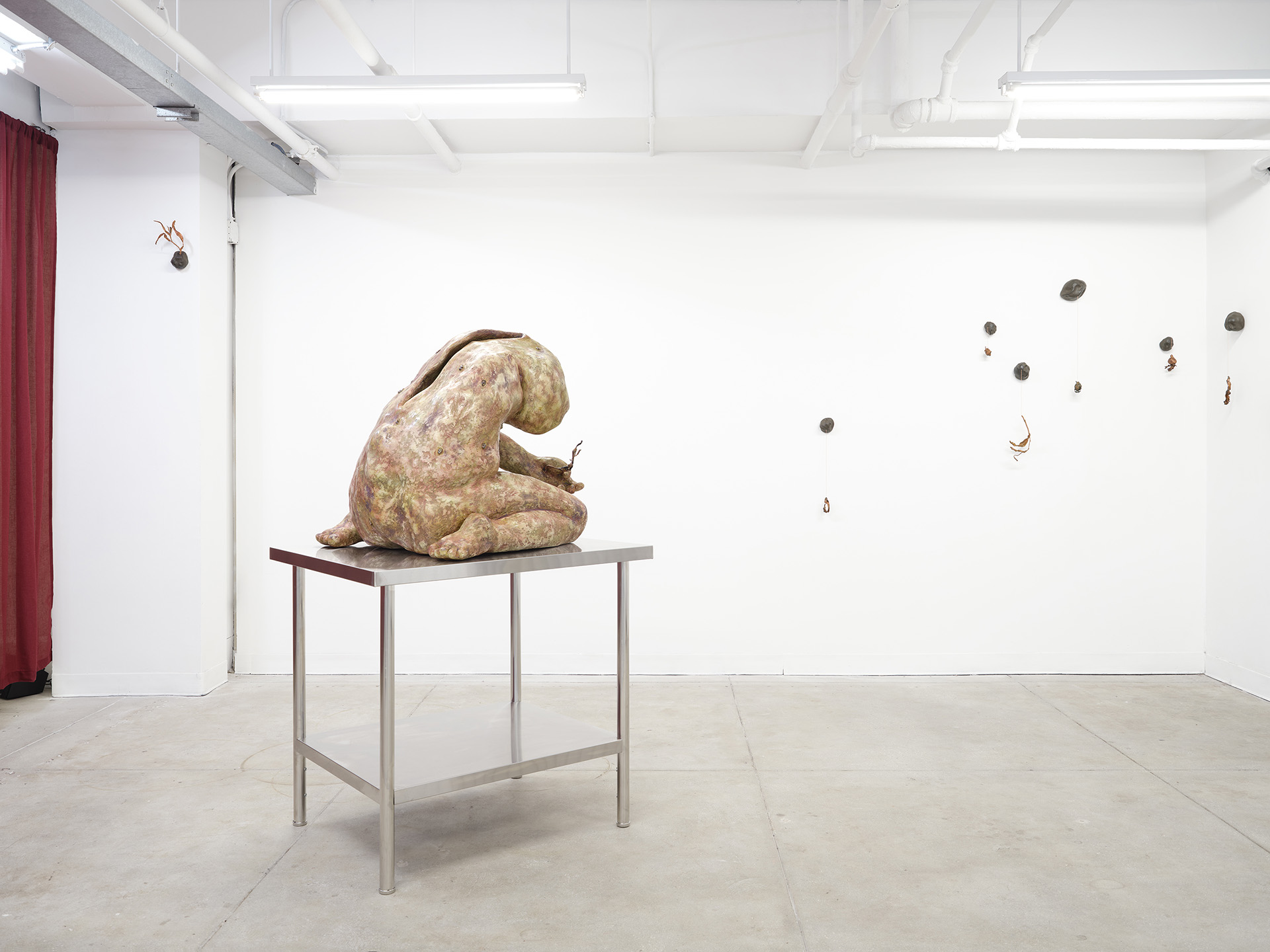
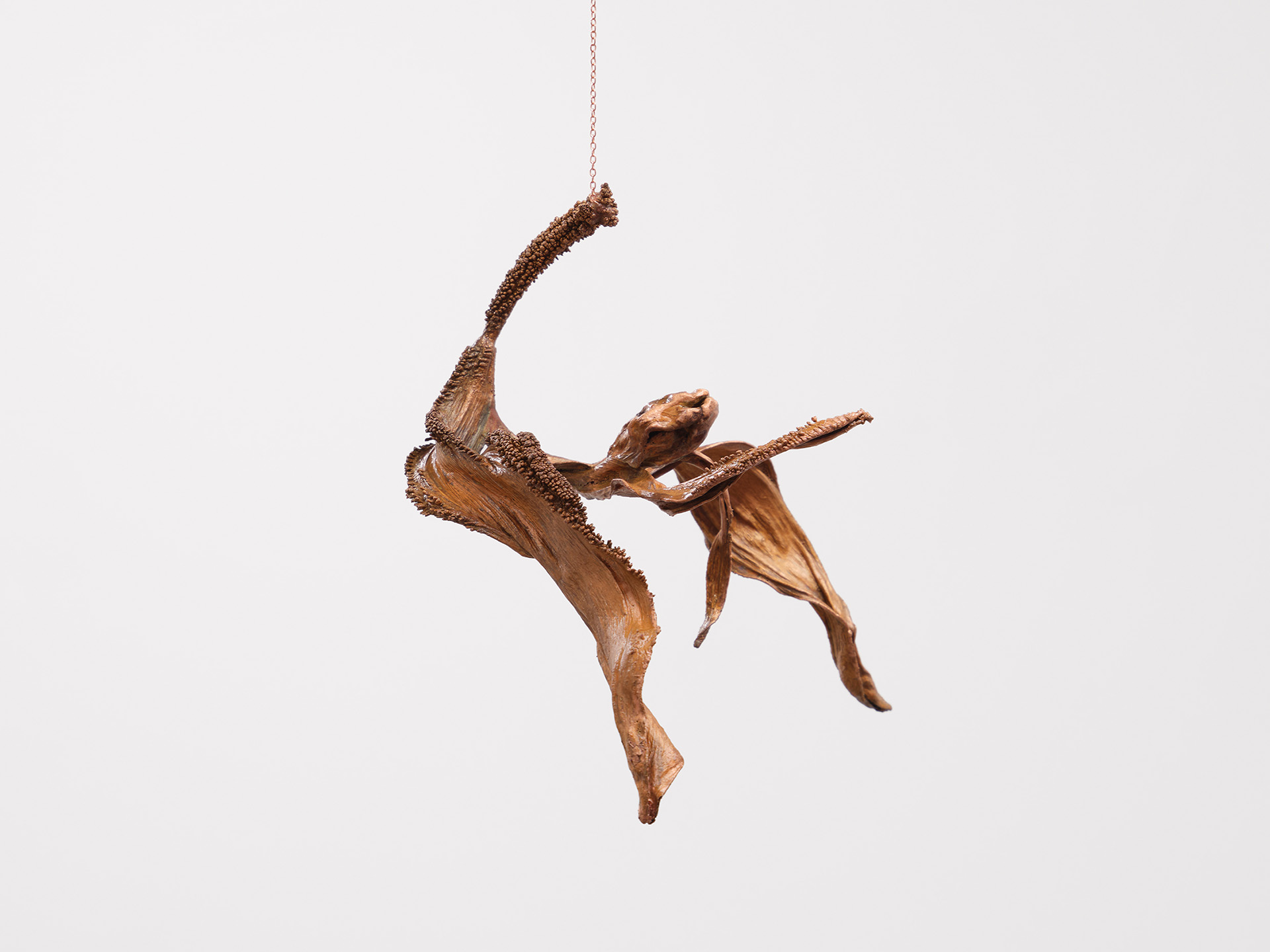
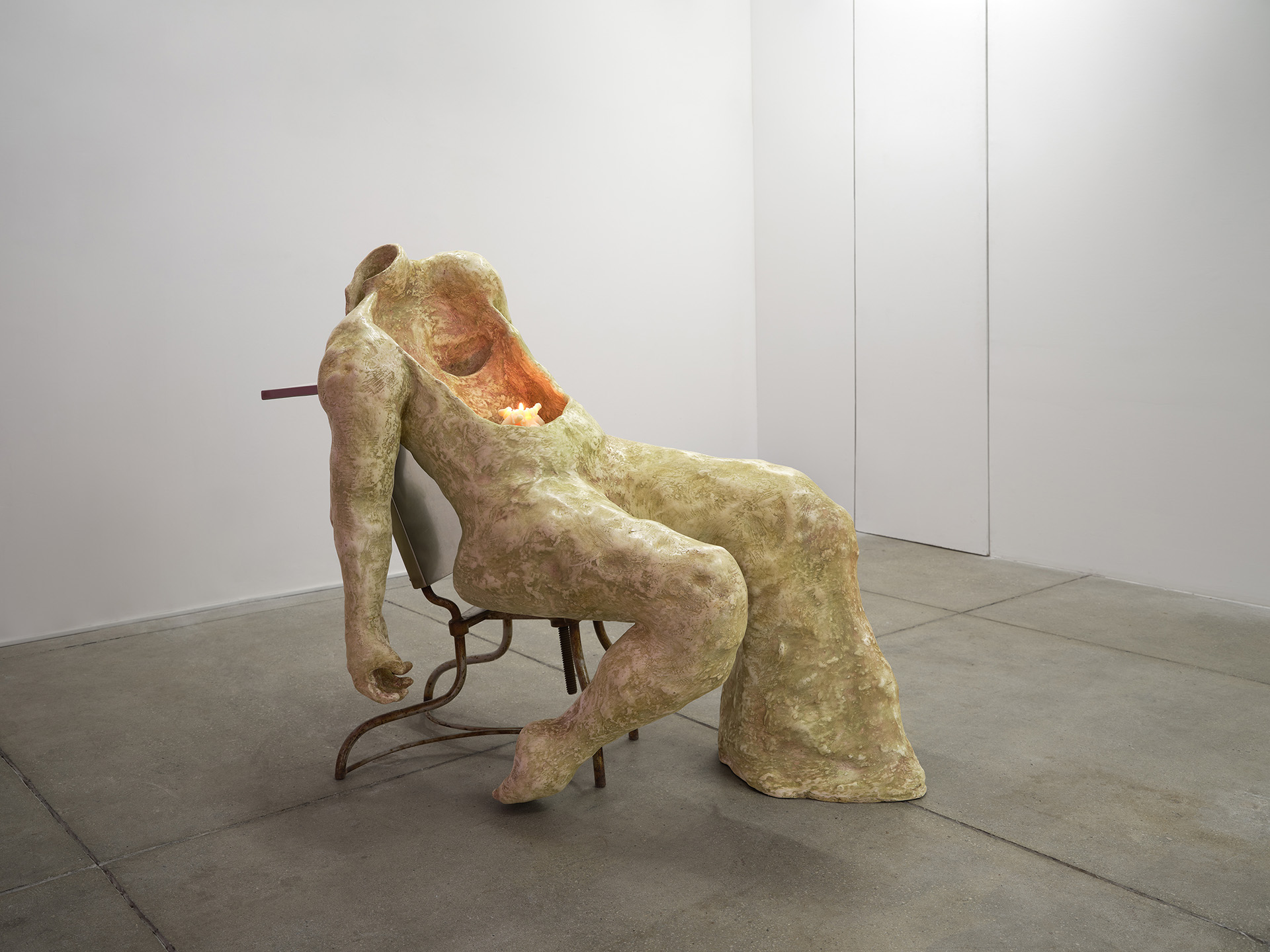
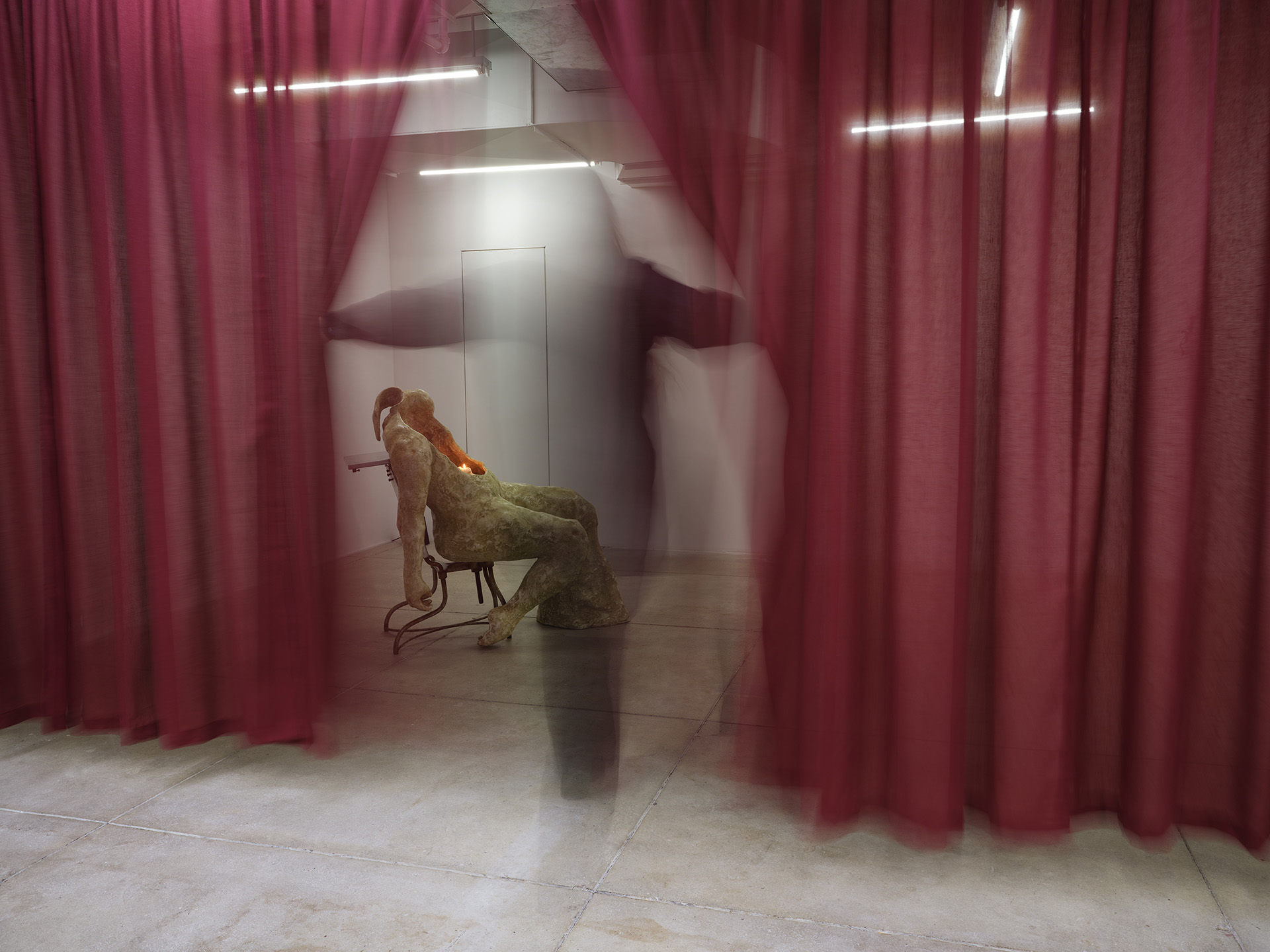
From: Geof Oppenheimer
To: Nicole Cherry, MAMA Projects
Date: November 24, 2025 at 11:11:48 PM CST
Subject: Some notes on subjecthood, fertility, and the fractured subject on the occasion of Quadraphonic Crush.
The figures we see before us possess a remarkable freedom of interchange between interior and exterior. Depending on the shape of one's attunement, we could choose to see this as a success of bodily liberty—we now have the agency to create, mix, and match what we open and close to others. Or we could see in this a frightening vulnerability around what the self and body wants to withhold, present, and hide to others in the name of agency. Protection and freedom is the binary with which we are asked to grapple here.
This permeability opens the subjects depicted here to life’s endlessly changing conditions. In this sense they are like us. We react, we choose to let things in, or sometimes work violently to keep them out. On this plaza, the constant we are left with is the skin. It is in this membrane between interior and exterior (id and super ego) that Ms. Cherry is a masterful sculptor. The skin here (I get so weak in the knees) takes a plethora of forms and objects: dead blooms, baggy zippers, tight band aids, slick blister pearls, and lots and lots of puffy folds.
Historical sculpture rendered the body as an absolute. Antiquity interpreted this as to communicate an ideal—both of the body and of an idea, an idealization. The artist we're talking about has a bit of this fundament within her forms. These figures prompt you to think of them as you would any protagonist, someone or something we are meant to address oneself to, in possession of their own finite psyche, except, like us, the characters in this made universe are shaded in the many colors of vulnerability.
This is where the sly radicality of the artist’s positions come into focus. Being made in a day and age where our overloads have monetized and aggregated feeling itself, these polite forms present a harsh challenge to the affect economy’s disillusioned subject. The sculptural actors here insist upon an individualized emotional fertility. There are rich emotional worlds inside these characters (Ask of Voids) that are insisted on but their interiority is vulnerable, at the bounds of control. At times this is rendered literally with young green shoots held within. Floral bounty enrobed in metal.
All this romanticism asks new questions about who owns feeling. Along the way possession of a subjective interior life has become up for grabs. Possession can no longer be assumed (as it was among the ancients and maybe even in the 90s) and in Quadraphonic Crush is subject itself. The protagonists arrayed here can be penetrated visually but in firm possession of what they value. Within this stance, an essential idea of the work reveals itself. Perhaps these statue’s interior lives value the protection and generation of a fertile emotional space among all other hierarchy of needs.
There is no such thing as “The Body”, which is often heard like an art industry phantasm, but we do have “A Body”. Rather than merely being part of a data set—digestible within an algorithm and rendered universal—we have individual sacks of flesh, bone, skin and hair that are ours alone. This insistence on agency with its inherent vulnerability is the real radical subject and perhaps the real material of Ms. Cherry's art: affect itself.
– Geof Oppenheimer
︎︎︎Inquire
ABOUT THE ARTIST
Nicki Cherry (b. 1992, Lafayette, Indiana) is an artist based in New York. Cherry’s monstrous fiberglass and concrete sculptures incorporate active systems of growth and decay—tulips bloom from stretching tendrils, ceramic bodies leak milky fluids, spine-shaped candles burn and diffuse scent. Their work embraces the awkward and absurd to explore the frequent discomfort that comes with being a body.